5 Shades of Psoriasis: Not All Psoriasis Types Look The Same
Last updated: October 2023
Psoriasis is a chronic autoimmune condition. Autoimmune conditions are ones that are caused by an abnormal functioning of the immune system. With psoriasis, the inflammation in a person’s body causes symptoms that affect the skin in various ways.1
Let's break down the different types of psoriasis
There are several types of psoriasis. While some people have just one type of psoriasis, others have more than one type at once. Different types include:1
- Plaque psoriasis
- Guttate psoriasis
- Inverse psoriasis
- Pustular psoriasis
- Erythrodermic psoriasis
What is plaque psoriasis?
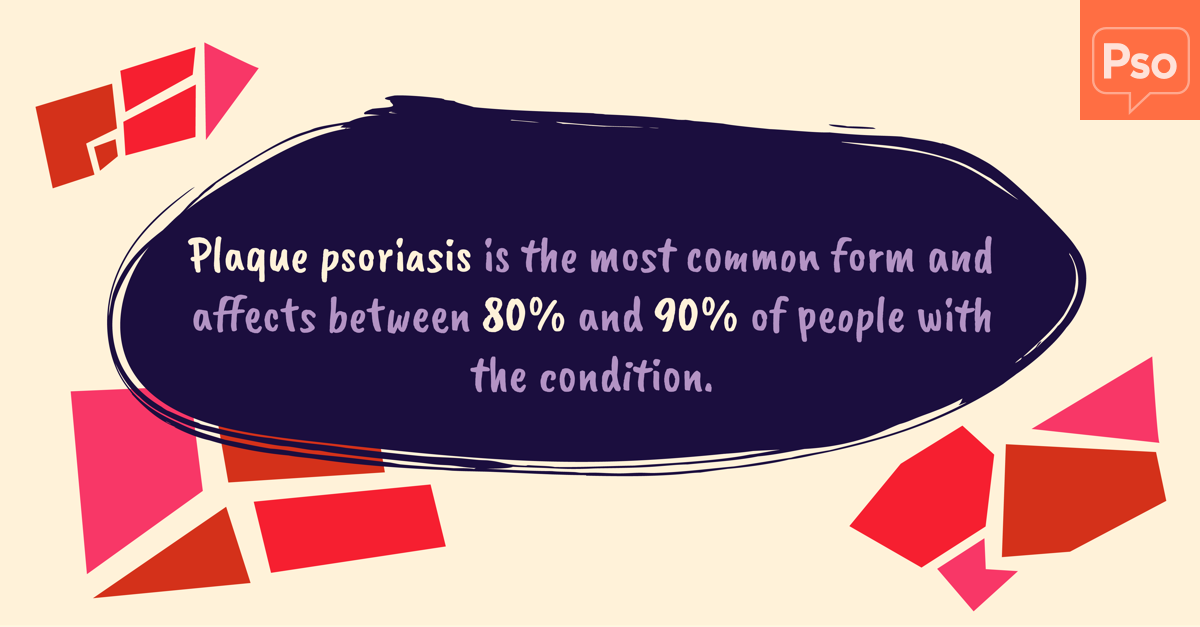
The most common form of psoriasis is plaque psoriasis. With plaque psoriasis, a person will experience plaques on their skin which are patches of raised skin that are red and dry and often have a layer of silvery scales.1,2
What is guttate psoriasis?
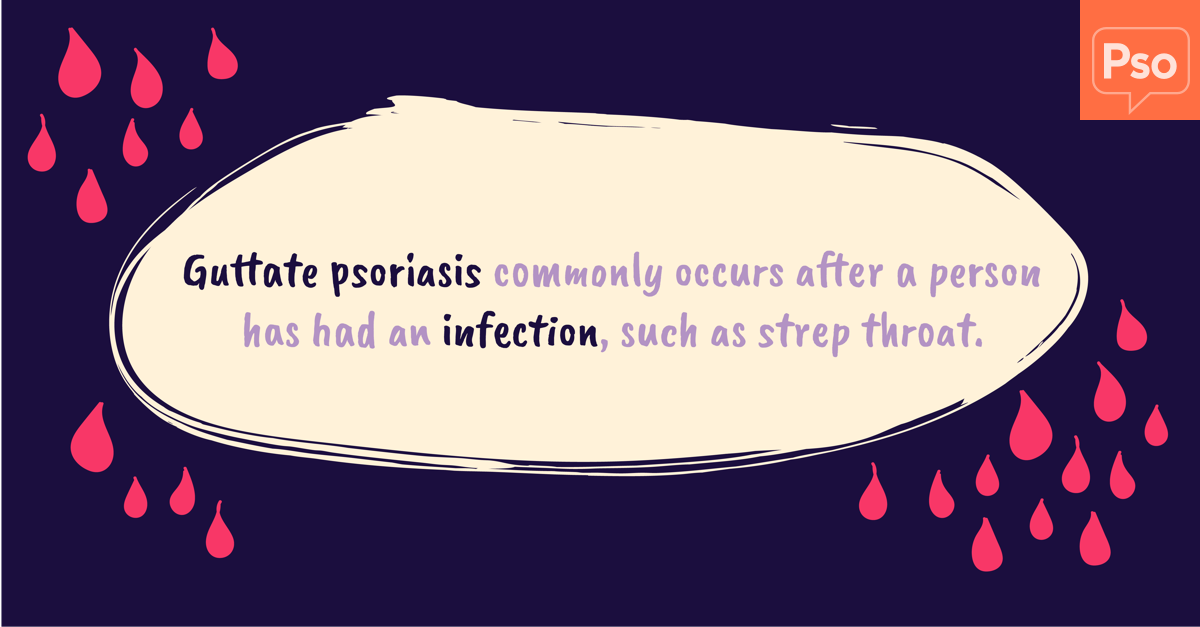
Guttate psoriasis is the second most common type of psoriasis. The skin symptoms of guttate look different than the skin symptoms of plaque psoriasis. With guttate psoriasis, a person will experience small plaques that resemble shapes like rain or teardrops, they are often pink in color.1,3
While the teardrop or raindrop plaques may not start scaly, they may become more scaly over time. The triggers associated with guttate are typically different than the triggers associated with plaque psoriasis.1,3
What is inverse psoriasis?
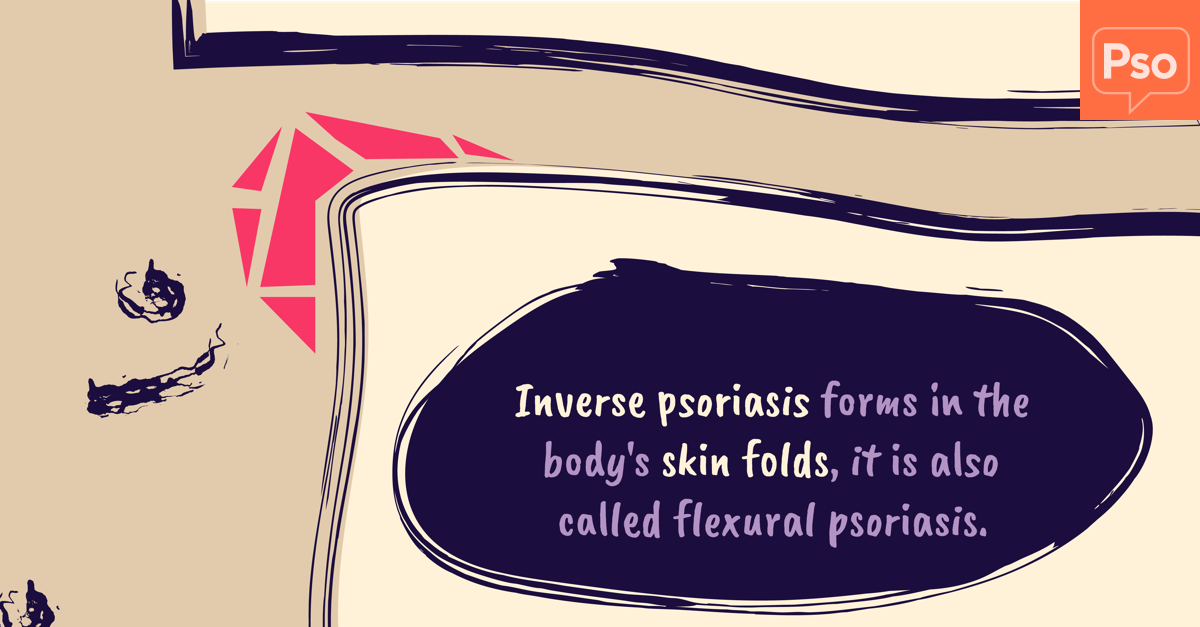
Inverse psoriasis occurs in the folds of the body, such as in the armpit, in or around the genitals, or under the breasts. It is estimated that 21 to 30 percent of people with psoriasis develop inverse psoriasis.1,4
Unlike the raised scales that are found with plaque psoriasis, inverse psoriasis may appear smooth and shiny. Inverse psoriasis may appear on skin of color as purple, brown, or darker lesions. On Causaian skin, it often looks like bright-red lesions.1,4
What is pustular psoriasis?
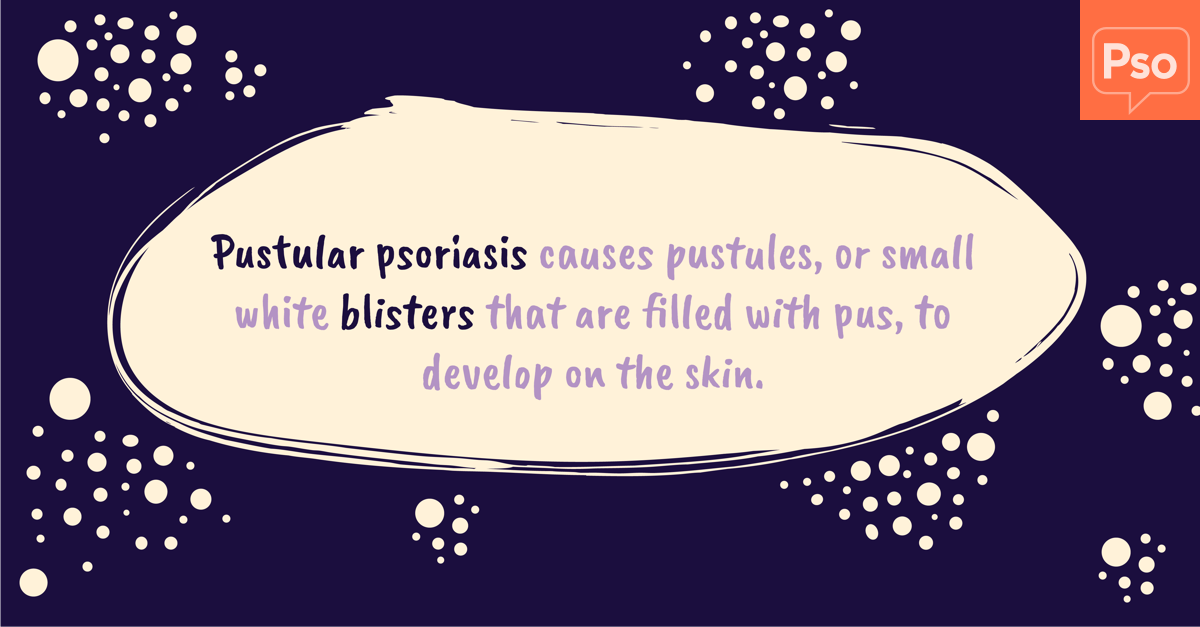
Symptoms of pustular psoriasis may be triggered by medicines, infections, stress, or some chemicals. There are different types of pustular psoriasis, depending on where the symptoms appear.1,5
Localized pustular psoriasis impacts different areas of the hands and feet. Palmoplantar pustular psoriasis (PPP) is one subtype that usually affects the base of the thumbs and the sides of the heels. Another subtype, acrodermatitis continua of Hallopeau (ACH) occurs when symptoms affect only the tips of the fingers or toes, especially the nails. ACH is very rare.1,5
Generalized pustular psoriasis (GPP) impacts large areas of the skin. It is also known as von Zumbusch psoriasis. GPP usually develops suddenly and comes with a range of symptoms, such as fever, chills, severe itching, fatigue, and muscle weakness. GPP flares immediate medical care.1,5
What is erythrodermic psoriasis?
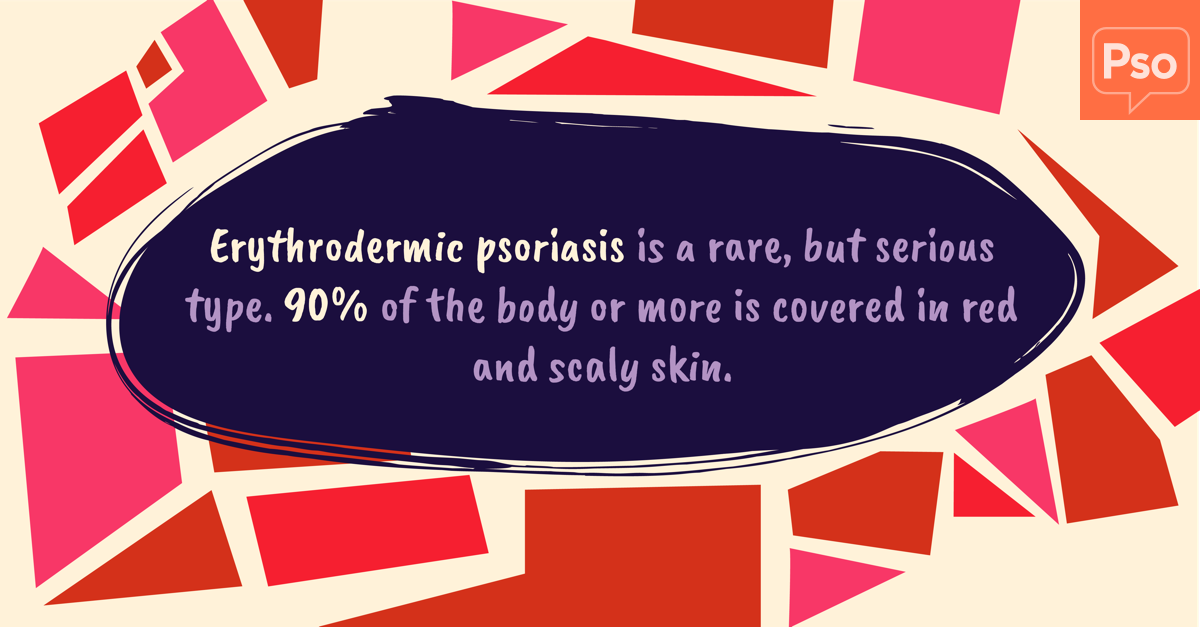
Erythrodermic psoriasis is a rare form of psoriasis that causes people to develop extremely red and scaly skin that resembles a severe burn or sunburn on more than 90 percent of the body. Symptoms of erythrodermic psoriasis may cause extreme itchiness, a burning sensation, and peeling skin that comes off in large sheets.1,6
People who experience flare-ups of erythrodermic psoriasis require urgent medical care and may require hospitalization since it disrupts the body's normal temperature and fluid balance.1,6
Community Poll
Does your psoriasis management change with the seasons?
Join the conversation